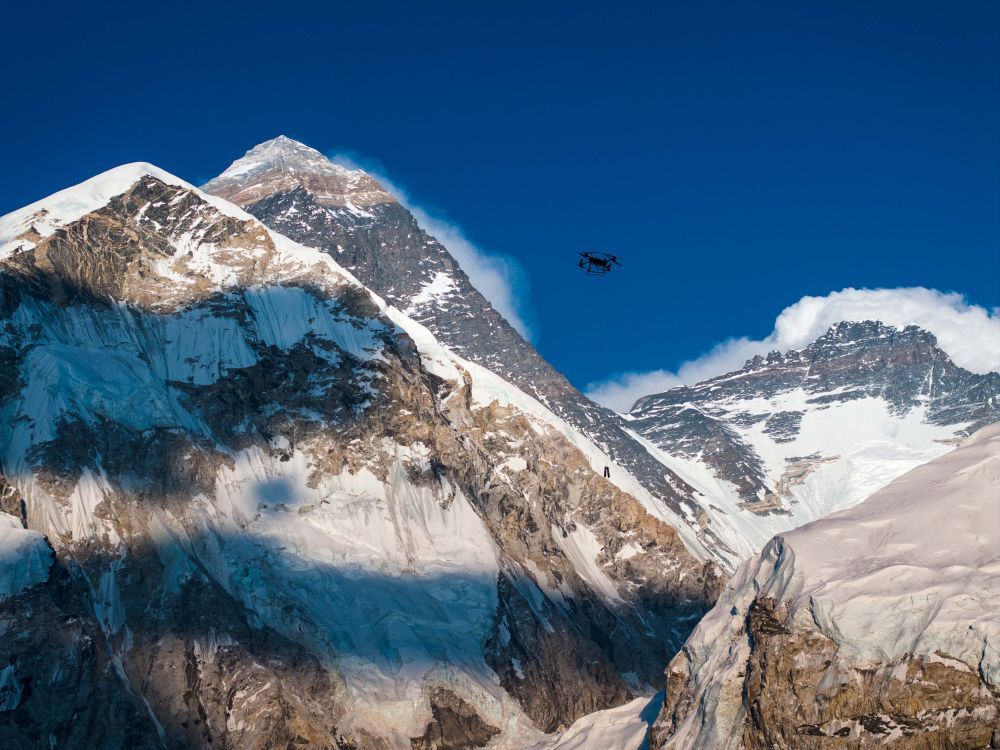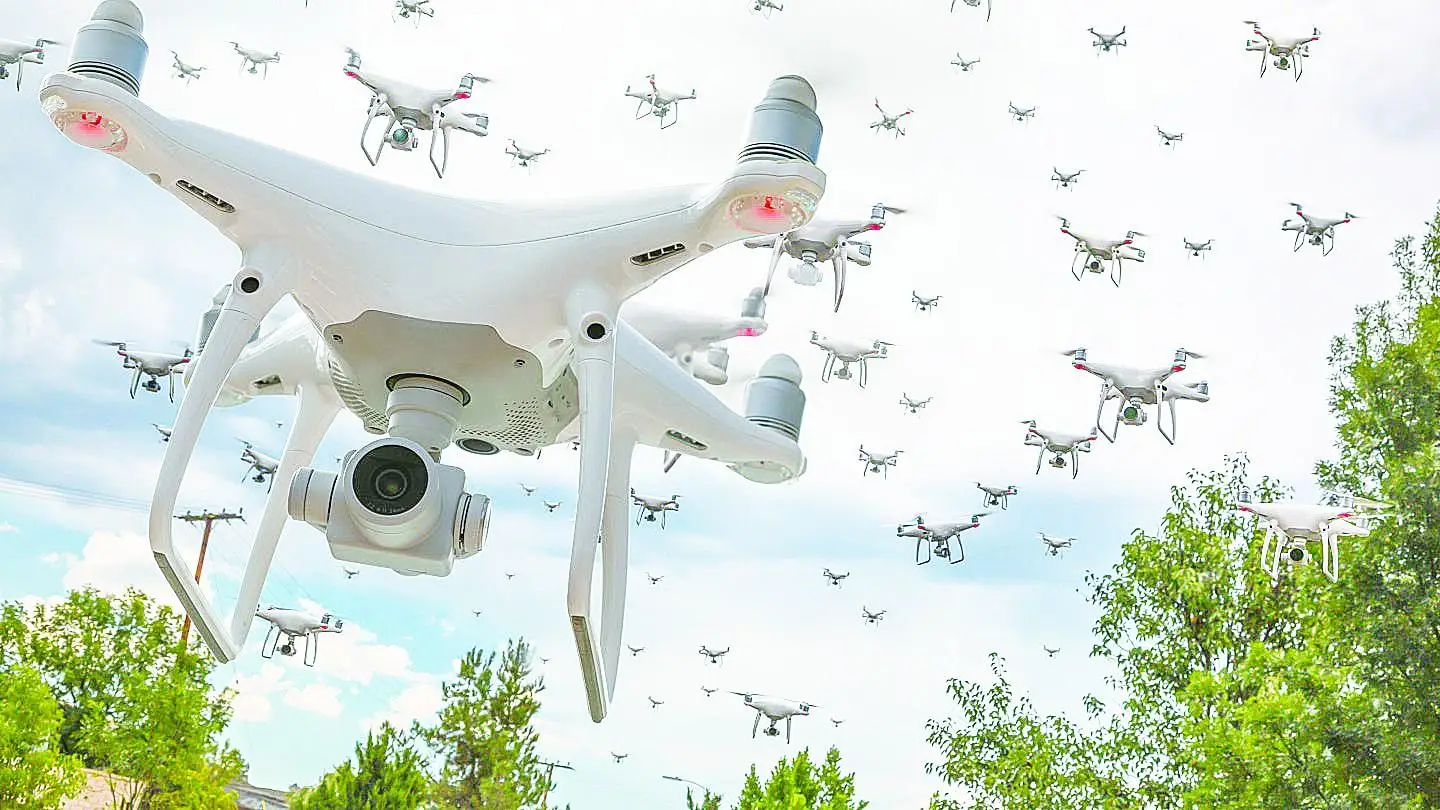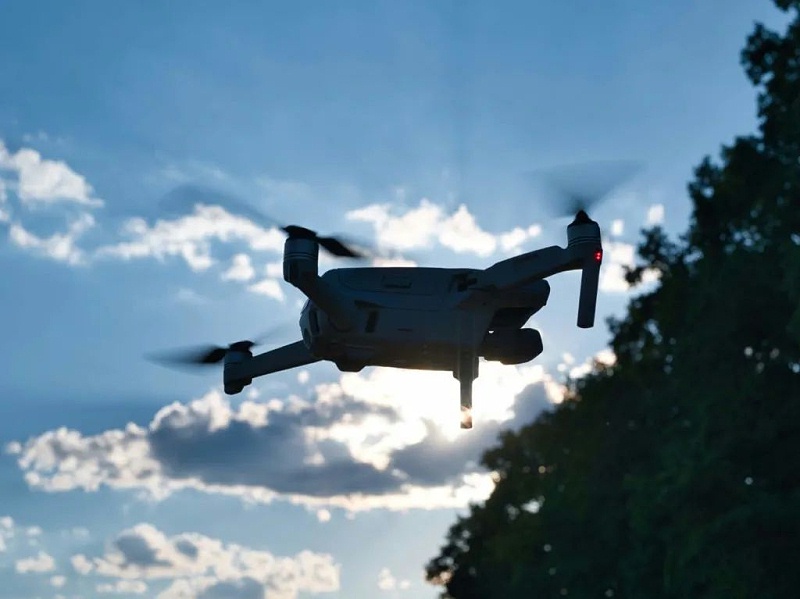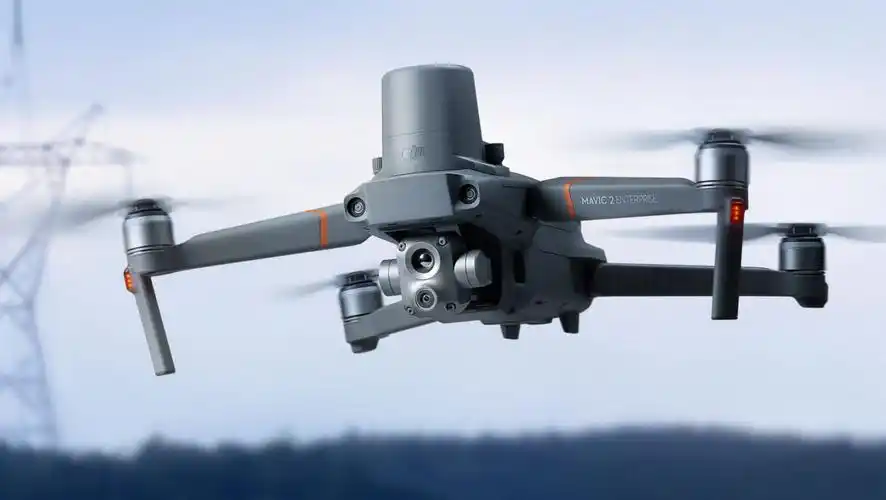For the first time in the world! Chinese civilian drones complete transportation of materials at an altitude of 6000 meters on Mount Everest

Renowned drone company Shenzhen DJI Innovation Technology Co., Ltd. announced on the 5th that it has recently completed its first civilian drone high-altitude transportation test on the Nepalese side of Mount Everest with the assistance of other institutions. This is also the world's first round-trip transportation test of a civilian drone on an altitude range of 5300 to 6000 meters, setting a record for the highest altitude transportation of a civilian drone.
It is reported that the DJI drone testing team conducted a one week high-altitude flight and transportation capacity test of drones at an altitude of 5364 meters at the base camp on the southern slope of Mount Everest and above from April 25th, effectively verifying the high-altitude adaptability of drones for hovering, empty flight, and cargo flight. The team has "built" a drone transportation route between the base camp on the southern slope of Mount Everest and Camp 1, transporting oxygen cylinders upstream and garbage downstream. Tests have shown that the FC30 drone can fly at an altitude of up to 6191.8 meters in the Everest region, and can stably carry a load of 15 kilograms at an altitude of 6000 meters.
It is reported that after the successful testing, the local drone operation company in Nepal has started a regular transportation project for drones in the Mount Everest area on May 22, mainly including cleaning up residual garbage on the southern slope of Mount Everest. This means that in the near future, drones will be able to transport equipment to Camp 1 day and night, and also use drones to transport the remaining garbage and excrement from the camp. We don't have to frequently cross glaciers at night, it will save more lives, "said Nepalese mountaineering guide Mingma Sherpa.
The Kunbu Glacier on the route from the base camp on the southern slope of Mount Everest to Camp 1 is the first major obstacle for climbing the southern slope, and it is also one of the most complex and dangerous geographical environments for climbing the southern slope. Minggema said that the situation in the Kunbu Glacier area is complex, with ice cracks crisscrossing. A Sherpa guide may need to cross the Kunbu Glacier more than 30 times during a climbing season to transport oxygen cylinders, gas tanks, tents, food, ropes, and other supplies. Although helicopter transportation is already supported in the Mount Everest area, there are often situations such as delayed scheduling, inability to fly, inability to land, and high costs.
Zhang Xiaonan, Senior Corporate Strategy Director and Spokesperson of DJI, stated that DJI carrier aircraft obtained valuable flight parameters for high-altitude areas during test flights, which will lay a more solid foundation for the use of drones in high-altitude regions.





